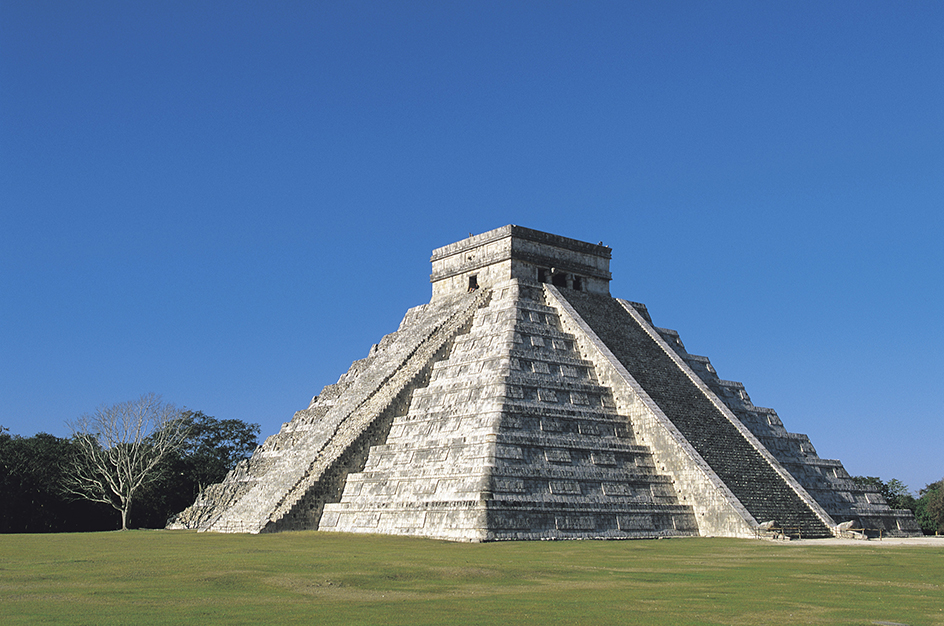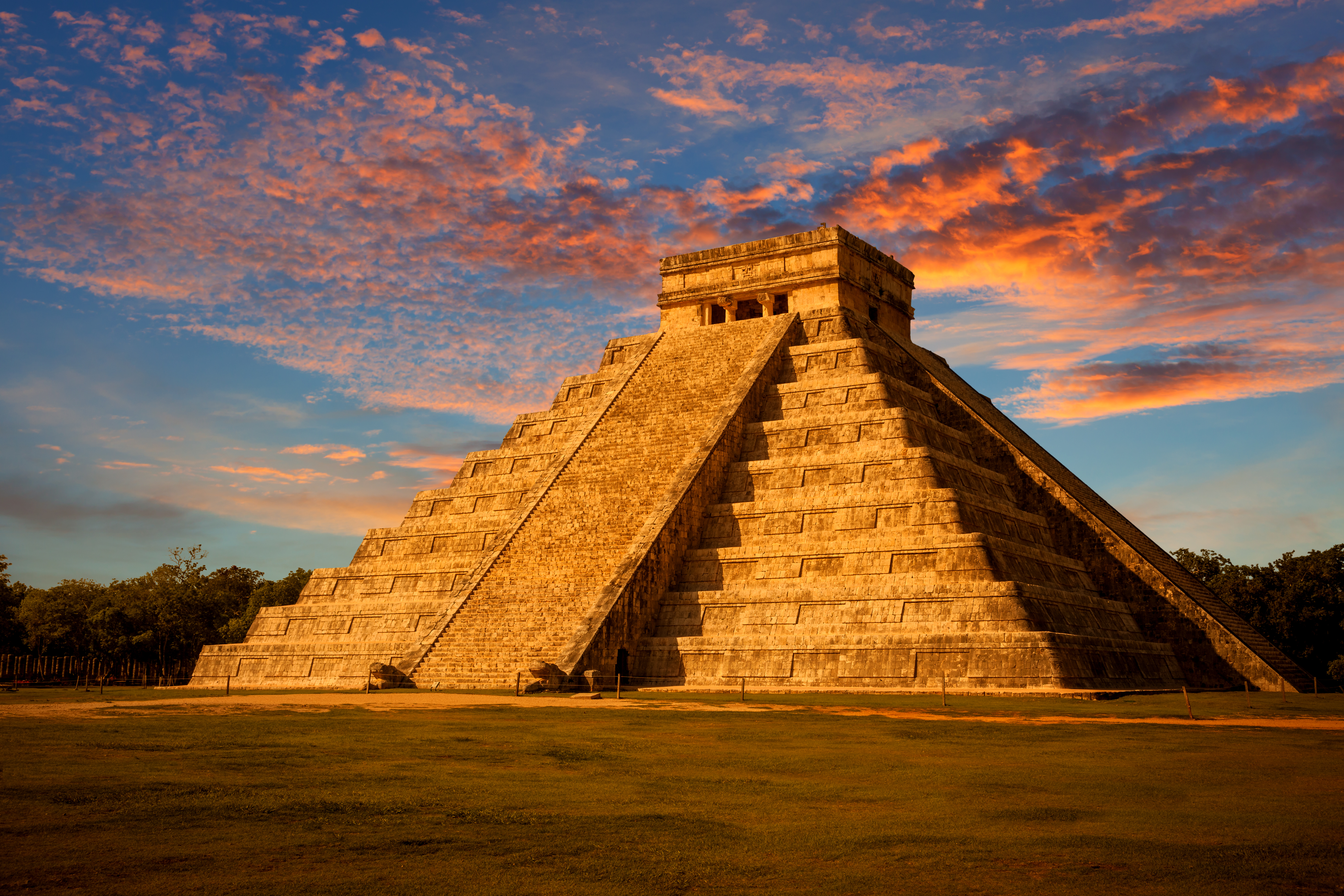Chichén Itzá, << chee CHEHN eet SAH, >> was the most powerful city of the Maya between about A.D. 900 and about A.D. 1200. It was built on the Yucatán Peninsula in what is now Mexico.

Chichén dominated Yucatán through both military strength and control of important trade routes. In the 800’s, it replaced Tikal, another Maya city, as a major destination of trade routes that linked Yucatán with central Mexico. Chichén began weakening in the 1000’s or 1100’s as Mayapan and other nearby Maya cities became more prominent and competitive.

Some scholars believe Chichén was dominated in part by a group of Maya who had adopted some of the cultural characteristics of the Toltec and other Indians of central Mexico. These Maya built an immense plaza at the center of Chichén. They also constructed the largest building there, a tall limestone pyramid with a temple on top. They dedicated the pyramid to Kukulkan, a feathered serpent god called Quetzalcoatl in central Mexico. Other structures on the plaza included raised ceremonial platforms, a public steam bath, and a huge ball court. Chichén also had an observatory from which astronomers studied the stars and other heavenly bodies. Today, the city’s ruins are a major archaeological site and tourist attraction.
